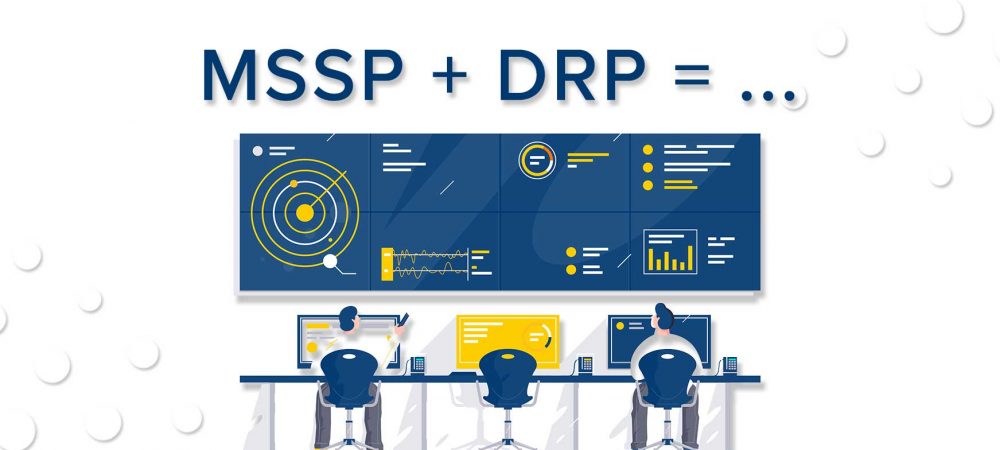
Small and medium-sized businesses (SMBs) are among the organizations that have taken the hardest hit from the pandemic in 2020. With daily reports emerging about another variant, it looks like 2021 will be just as challenging, as companies are racing to embrace digital transformation and launch online applications to maintain revenue. But what happens to the security blind spots?
The pandemic is forcing businesses and organizations to engage in digital transactions and use more digital tools, leaving behind a large trail of data. A company’s digital footprint includes its entire online activity and communication, which may be at risk if security measures are not in place. With this said, smaller organizations may be struggling to catch up as they are still in an early stage of digital transformation.
Unfortunately, smaller businesses usually lack the necessary expertise and tools to level up their security. This means they face an increased risk of external data leaks, because they do not have enough visibility into their network. Additionally, shadow IT risks are increasing given the remote work environment teams have been forced to rely on lately. Shadow IT is a security nightmare that may lead to data breaches, as well as regulatory and compliance violations.
Outsourcing Security to MSS Providers
Security teams are actively spending their resources on preserving security posture, however, they sometimes lack the necessary tools and expertise to cover an entire infrastructure in depth. This is a preeminent situation which often leads to failure in securing critical data and assets, or in preventing breaches before they happen.
To improve network defense and endpoint security, they need to enforce additional security measures. Yet, to fully address their needs, some organizations must rely on external partners who address the critical aspects of their cybersecurity strategy.
Partners such as Managed Security Services can help protect their systems and explain what needs to be monitored, by making them more aware of their security risks. To ensure customer satisfaction and scale their business faster, MSS providers need to enhance their IT offering by delivering comprehensive security services that include proactive threat detection, alerting, and threat hunting.
One of the main struggles is that MSS providers have a large customer base with different needs. Tailored IT solutions and services may be hard to deliver if there are not enough SOC analysts on the team or they can’t cut through the noise to prioritize alerts. By adding intelligence-driven security solutions, such as digital risk protection (DRP), to their portfolio, Managed Security Services can provide their customers with a robust disaster recovery strategy, while taking the burden off enterprise security teams. Digital risk protection expands threat coverage and enhances visibility through real-time security monitoring and critical data assessments.
What’s in It for MSS Providers?
Digital risk protection not only provides significant business value and recurrent revenue, but it also augments any corporate cyber resiliency strategy. By providing DRP as an added-service, you can boost operational efficiency and benefit from recurring revenue by introducing a subscription-based service.
A digital risk protection tool provides centralized alerting, threat classification, and risk prioritization to provide better external threat monitoring. It enhances your security team’s productivity through real-time threat detection and timely alerts to mitigate potential threat and technical data leaks.
Continuous monitoring of dark web marketplaces, for example, would be easy to add to existing managed services through a tool that ensures seamless and frictionless deployment. This feature can increase business revenue by delivering real-time insights into existing data leaks or source code leaks. Ongoing, proactive defense can identify and mitigate a higher number of threats and security issues, which may increase customer retention.
An effective cybersecurity strategy relies on multiple layers of security to prevent and mitigate data breaches. If you need help identifying the right DRP solution for your business, download our whitepaper “Rethinking Digital Risk Protection and Mitigation” to learn how Flare Systems can help.





